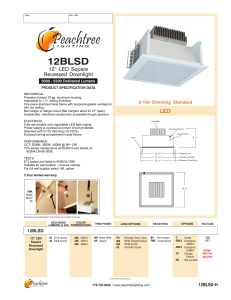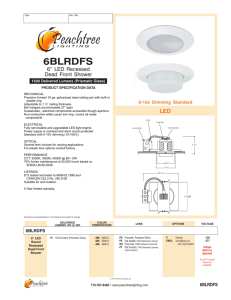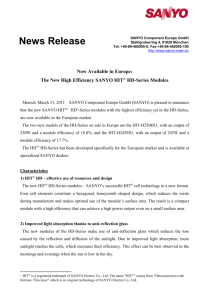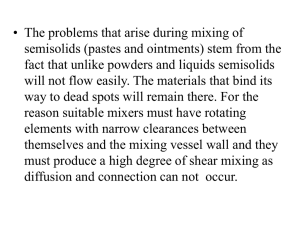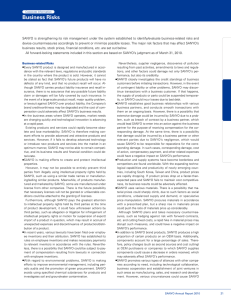Lenses Sanyo LNS-M01 Semi-Long Zoom
advertisement
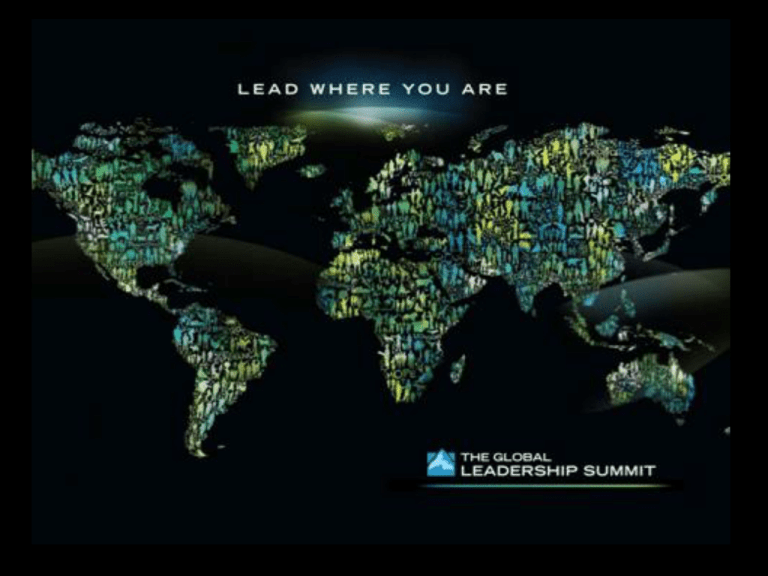
Video Equipment Screens Typical Screen Sizes, 4x3 aspect ratio 10’6” x14 ’ | 12’ x 16’ | 15’ x 20’ Typical Screen Sizes, 16x9 aspect ratio 10’ x 18’ | 11’3” x 20’ | 13’6” x 24’ Projectors – Minimum Sanyo PLC XF-35 6,500 Lumens Christie LX-66 6,600 Lumens Projectors – Medium Preferred choice for most screens & environments. Christie LU-77 7,700 Lumens Sanyo PLC XF-41 7,700 Lumens Projectors – Large For the largest screens & challenging ambient light. Christie Roadrunner LX100 (also EIKI LC-XT3) 10,000 Lumens Sanyo PLC XF-45 10,000 Lumens High-End Projectors not typically worth the expense for our application Barco SLM R9+ 9,000 lumens Barco SLM R12+ 12,000 lumens Digital Projection HIGHlite Series 8,000, 10,000 & 12,000 lumens Lenses Sanyo LNS-01 Short Fixed Throw Ratio 1.2:1 Screen Size: Distance from Screen: 10’6” x 14’ | 12’ x 16’ | 15’ x 20’ 16.8’ | 19.2’ | 24’ Sanyo LNS-W02 Short Zoom Throw Ratio 1.35 – 1.8:1 Screen Size: Min. Distance: Max. Distance: 10’6” x 14’ | 12’ x 16’ | 15’ x 20’ 18.9’ | 21.6’ | 27’ 25.2’ | 28.8’ | 36’ Lenses Sanyo LNS-S01 Standard Zoom 1 Throw Ratio 1.8 - 2.9:1 Screen Size: Min. Distance: Max. Distance: 10’6” x 14’ | 12’ x 16’ | 15’ x 20’ 25.2’ | 28.8’ | 36’ 40.6’ | 46.4’ | 58’ Sanyo LNS-S03 Standard Zoom 3 Throw Ratio 2.6 – 3.5:1 Screen Size: Min. Distance: Max. Distance: 10’6” x 14’ | 12’ x 16’ | 15’ x 20’ 36.4’ | 41.6’ | 52’ 49’ | 56’ | 70’ Lenses Sanyo LNS-M01 Semi-Long Zoom Throw Ratio 3.5 – 4.6:1 Screen Size: Min. Distance: Max. Distance: 10’6” x 14’ | 12’ x 16’ | 15’ x 20’ 49’ | 56’ | 70’ 64.4’ | 73.6’ | 92’ Sanyo LNS-T02 Long Zoom Throw Ratio 4.6 – 6.0:1 Screen Size: Min. Distance: Max. Distance: 10’6” x 14’ | 12’ x 16’ | 15’ x 20’ 64.4’ | 73.6’ | 92’ 84’ | 96’ | 120’ Switcher/Scalers Lowest-cost (typically not available for rent) Kramer VP-719xi Kramer VP-723xi Switcher/Scalers A good solution, also not typically in rental inventories. Extron DVS-406 Switcher/Scalers Professional-level devices Analog Way Smart Fade Analog Way Graphic Switcher II Switcher/Scalers Probably the most popular, available for rent worldwide. DVD Players Acceptable “high-end” consumer-level devices. Denon DVD-2910 Marantz DV-7600 DVD Players HIGHLY recommended industrial-level Pioneer DVD-V7400 Denon DN-V200 DVD Players HIGHLY recommended industrial-level Pioneer DVD-V8000 DDR Devices Digital Disk Recorders Doremi V1 Sony DSR-DR1000 Audio Before you start mixing . . . training… – listen to great material – go to shows – critically evaluate how others mix & their process – listen on good systems – do you understand the audible spectrum? Before you start mixing . . . technique – gain structure (setting a mic pre properly) – Equalization – signal routing – dynamics (compression, limiting, leveling) – mic technique (where to place mics for optimal audio) – effects- proper use of effects- creatively placed, not distracting Before you start mixing . . . aptitude – console – outboard equipment – speaker systems – monitors – microphones – cables (yes! believe it or not!) – backline gear (musical gear- amps & pre-amps) – process: do you know how to achieve your objectives? When you are mixing . . . understanding – do you know the show flow? – do you understand the overall objective for the weekend? – do you understand the creative intent? When you are mixing . . . communication – can you effectively communicate what you need when you need it? – have you considered when you will need to communicate? – is there a “chain of command” you need to communicate through? When you are mixing . . . presence – are you living in the moment? – ready for the next cue? – ready to respond to a change in the plan? – eyes on the stage! – evaluate the level of audience engagement… When you are mixing . . . teamwork – we’re all in this together- parts of a whole… – it’s no fun to work w/ someone who’s cranky… – …or full of themselves… Crew Communication All production disciplines (sound, lighting, video) must be cohesive and integrated. In addition to being always aware of what’s going on, this can be achieved through constant communication--and the ability to take instant direction from their producer, stage manager or technical director. As the live host walks up, the lighting should be changing as the video is being cued up. When the host finishes the introduction, the video should be “un-muted” at the audio console, as the lights are changing, and video dissolves from graphics to message playback. These are examples of how the production team should be working in concert to help create seamless, integrated transitions. Crew Communication This can be accomplished through close proximity of all production disciplines. If the sound, lighting, and video operators—along with their director (stage manager, producer, etc.) are close & within earshot of each other, it is possible to create this level of integration. More practical, however, is to have all production disciplines connected through a production communication system (such as Clear-Com, Telex/Audiocom, Portacom, Production Intercom, etc.). Please note that two-way radios or cell phones rarely add to the “cohesiveness” of a production, and can be a hindrance. Many GLS venues already have a com system in place or perhaps it can be provided by the equipment vendor.
